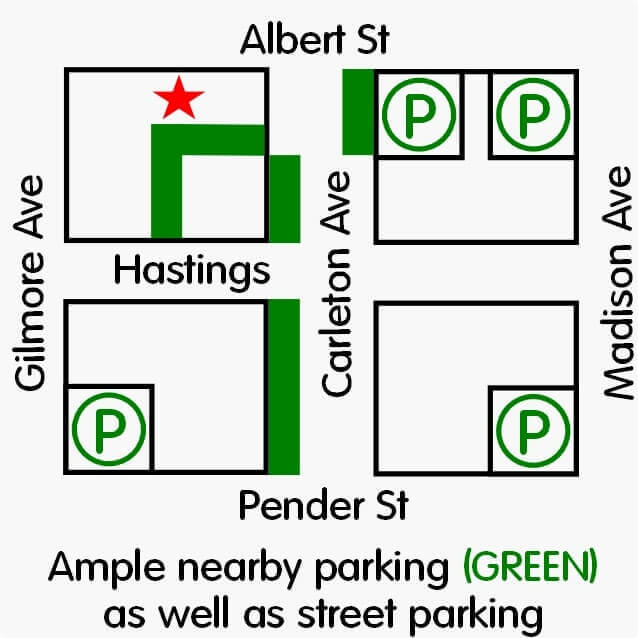Hand Adjustments Versus Instrument Adjustments
What Is A Chiropractic Adjustment?
Let us begin with what an adjustment is. An adjustment is a procedure performed by your chiropractor either by hand or with an instrument. The majority of adjustments will be performed on your spine and joints in your arms or legs, such as your shoulders or ankles. With some adjustments, you may hear a “pop” afterwards, while with other adjustments there will be no audible release.
Improve spinal and joint mobility, movement and function
Regardless of the method or technique used, the common purpose of a chiropractic adjustment is to restore proper motion and mechanics to your joints in order to alleviate pain and discomfort as well as improve your body’s ability to function and heal. The majority of adjustments performed today are done so by chiropractors. In addition, a few physiotherapists and medical doctors also perform similar manoeuvres that they refer to as “manipulations”.

Traditional Manual Or Hand Adjustments
When you think of a chiropractor, images of someone using their hands to push or twist your back until you hear a “pop” is what comes to mind first for most people. Even amongst traditional hand or manual adjustments there are many different techniques such as Diversified and Gonstead.
Build up of joint pressure
The “pop” that is heard is thought to be caused as your joint is moved through it’s normal range of motion until negative pressure is created inside the joint resulting in gasses within your joint coming together. Another type of manual adjustment might use a drop-away table to facilitate the adjustment. With these adjustments, the chiropractor will push on a your back in coordination with a moving part of the table that drops away at the same time the thrust is delivered.
Not all hand adjustments will cause a “pop” sound afterwards. With some adjustments, you will feel an obvious thrust being delivered. With other manual adjustments, the thrust will be slow and with very little pressure

Instrument Adjustments
The most commonly used technique that utilizes an instrument to deliver the chiropractic adjustment is Activator Methods. An Activator adjustment utilizes a hand-held instrument to deliver the thrust portion of your adjustment. As part of your assessment, your chiropractor will examine your entire spine, from your pelvis up to your neck. You may be asked to perform different movements during your adjustment.
Force
Each adjustment using the Activator instrument delivers between 10-40lbs of pressure or 50-200N of force, depending on the instrument setting and the area being adjusted. Typically, more force is applied when adjusting your pelvis and lower back. Less force is used when working your smaller joints such as your neck or fingers. Other instrument techniques include Torque Release and Atlas Orthogonal
So Which Technique Is Better For Me?
Do you prefer oranges or apples? When it comes down to it, it usually is simply a matter of preference and your previous experience and response to chiropractic adjustments.
In terms of effectiveness, the consensus of research studies has shown that both approaches produce similar results in terms of patient care and recovery. Both forms of adjusting are very safe with extremely low risks of injury and side effects. Some of the more common temporary side effects include feeling soreness or tenderness around the areas adjusted, fatigue or a slight increase in your symptoms.
The choice is up to you
We Can Help
Your chiropractors work collaboratively with your other healthcare practitioners. Your team is dedicated to helping you reach your health goals. Whether that means being able to go to work, play with your kids or go for a run.
Many of life’s injuries respond well with chiropractic care. Whether you are suffering from chronic back pain, a recent stiff neck or headaches, speak with your North Burnaby Heights chiropractor. We can help you figure out what the problem is and how to get you back to living your life on your terms
Frequently Asked Questions About Chiropractic Adjustments
Q: What does a chiropractic adjustment do?
A: There are several theories on how a chiropractic adjustment can help you. Some studies have suggested that an adjustments helps ease muscle tension and loosen stiff joints. Other research has focused on how an adjustment helps restore proper movement and function to your spine and joints.
Another area of study is on how an adjustments may help reduce the negative stress signals sent to your brain, increasing your brain and your body’s ability to repair and recover from injuries
Q: Are there different chiropractic adjusting techniques?
A: Just as there are different brands and styles of cars, there are also several different types of adjustments that can be used by your chiropractor. Some of the more common techniques include Activator Methods, Atlas Orthogonal Technique, Cox, Diversified, Gonstead, NUCCA, Torque release and Thompson technique.
Some methods will focus on just one particular area of your body such as your neck or your pelvis. Other techniques will assess your entire body. One thing they all have in common is the goal of your adjustments – improve the function and mobility of your spine to help bring relief from pain and help improve your body’s ability to repair and heal
Q: Does my insurance cover the cost of chiropractic care?
A: Most insurance plans provide coverage for chiropractic care. For further details, speak with your health insurance plan provider. If your injuries are because you were involved in either a motor vehicle accident or an incident while you were you at work, then either ICBC or WorkSafeBC may provide coverage for some of your treatments.
Your initial visit with your chiropractor can take anywhere from 30 minutes to just over an hour. This is because a history will be taken, a physical exam will be completed, your chiropractor will then review their findings and give you their recommendations followed by treatment. Follow-up visits are usually shorter than the first visit, ranging anywhere from around 5 minutes to up to 20 minutes each visit
Results may of course vary from patient to patient

